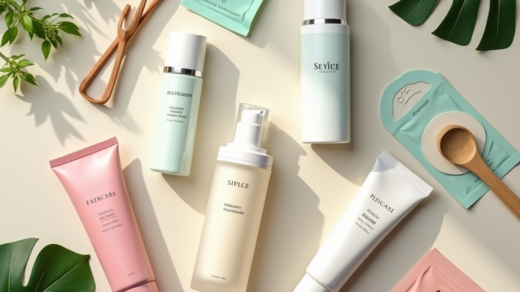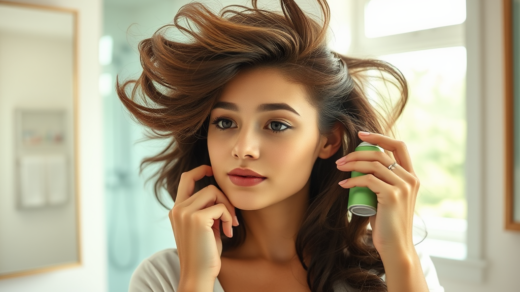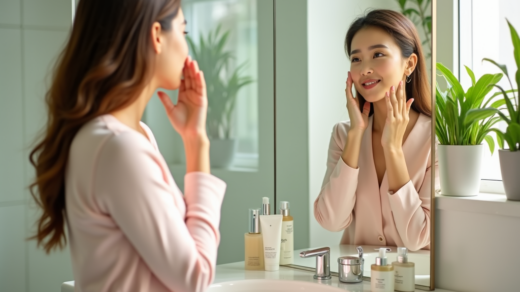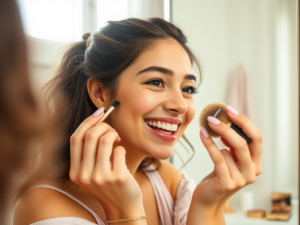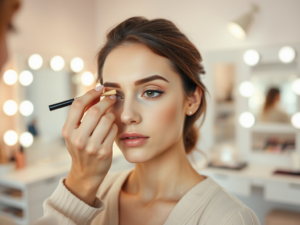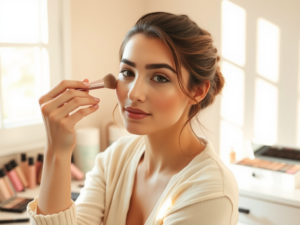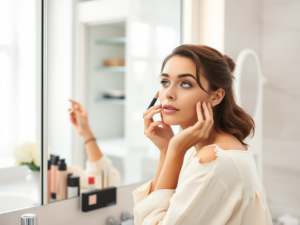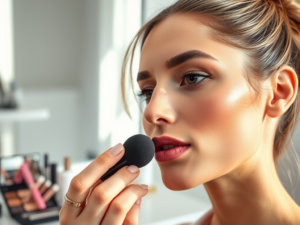Why does my hair turn orange when i dye it brown
If you’ve ever left the salon or rinsed out your home hair dyeing kit with the expectation of luscious, brown locks, only to be met with an unexpected and unwanted brassy orange tone, you’re not alone. It’s a common quandary in the world of hair coloring, and the blame can often be placed on a potent cocktail of science, hair history, and product choice. The main reason for this surprising color change is due to underlying warm pigments in your hair that are revealed when darker dyes fade or do not fully cover the hair strands.
The Science of Hair Coloring: A Primer
Hair Pigments and Dye Composition
Human hair has two types of pigment: eumelanin (which provides black or brown hues) and pheomelanin (which presents as red and yellow tones). When dyeing your hair brown, the dye has to effectively cover these natural pigments to produce the desired shade. The color that shows up in your hair is a result of a blend between the applied dye and your natural hair color’s underlying pigments. If the brown dye doesn’t completely neutralize the hair’s natural warm tones, those pesky orange hues can emerge.
How Hair Dye Interacts with Your Natural Color
The interaction between hair dye and natural color is not just about science; it’s about precision. A brown dye contains molecules that penetrate the hair cuticle and deposit color. This process varies in efficiency depending on a number of factors. It’s akin to painting a wall; if the underlying color is not sufficiently neutralized, it will shine through, affecting the final result.

Common Pitfalls: Why Brown Dye Can Result in Orange Tones
The Role of Hair Porosity in Dyeing
One significant factor contributing to the orange dilemma is your hair’s porosity. Hair porosity refers to your hair’s ability to absorb and hold moisture—and by extension—hair dye. Porous hair can soak up color quickly but may release it just as rapidly, often unevenly, resulting in a patchy appearance. Here’s how porosity impacts your dye job:
- High porosity hair may grab onto the base color, often reds and yellows, more strongly than the intended brown, leading to an orange tint post-dyeing.
- Low porosity hair can struggle with color absorption, leading to a color that fades quickly and reveals brassy undertones.
Impact of Previous Hair Treatments
Your hair’s history with previous chemical treatments—including dye jobs, bleaching, and use of heat tools—can also set the stage for orange tones. These processes can permanently alter the structure of your hair, leaving it more susceptible to unpredictable color outcomes.
The Influence of Natural Hair Color
People with lighter natural hair colors, such as blonde or light brown, might find themselves more frequently facing the orange hue hurdle. Likewise, those starting with very dark hair that has been previously lightened may encounter the emergence of warm tones once the darker dyes begin to fade.
Assessing the Situation: Evaluating Your Orange Hair Dilemma
When to Seek Professional Help
While it might be tempting to immediately reach for another box of dye in a panic, assessing the level of orangeness can help you decide whether to book an appointment with a professional. Factors to consider include the intensity of the orange shade, evenness of the color, and any damage your hair may have sustained.
At-Home Remedies You Can Try
There are a few at-home remedies that might help you mitigate the orange tide without causing further damage. However, these should be approached with caution and always after conducting a patch test to avoid adverse reactions.
| Method | Description | Expected Result |
|---|---|---|
| Toning Shampoo | Shampoos with blue or purple pigments that can neutralize orange hues. | Temporarily reduces brassiness |
| Color Rinse | Gentle, demi-permanent color that can tone down the orange. | Can provide an even color and shine. |
| Box Dye | Re-dyeing with a darker or ashier brown to overpower the orange. | Risky, could potentially deepen the issue. |

Preventing the Unwanted Orange: Tips for Your Next Dye Job
Selecting the Right Hair Dye
Choosing the correct type of dye is crucial to avoid orange tones. When selecting a brown dye, consider opting for an ashy or cool-toned variety that can counteract warmth. Reading reviews and researching brands can also give insight into how certain dyes perform on different hair types.
Importance of Strand Testing
To avoid a full-head hair disaster, always perform a strand test. This process involves dying a small section of hair, typically from underneath where it’s less visible, to preview the results. You’ll be able to detect if the dye will turn your hair orange, and if so, adjust your dye choice or application method accordingly.
Aftercare: Maintaining Your Desired Color
Preserving your color is just as important as achieving it. Here are a few tips to extend the life of your dye job:
- Use sulfate-free shampoos and conditioners to prevent stripping away the color.
- Install a shower filter to protect your hair from hard water, which can alter hair color.
- Avoid excessive heat styling, which can exacerbate color fading and contribute to the emergence of orange tones.
Corrective Measures: How to Fix Orange Hair Post-Dyeing
Toning: The Quick Fix
Toners are often the go-to quick fix for countering unwanted orange tones. They are products that correct the color by adding in the opposite shade on the color wheel, which for orange is typically blue. Toners can be applied professionally or at home and are usually used in combination with a developer.
Color Correction: Long-Term Solutions
For a more permanent solution, a color correction service at a salon is often recommended. Colorists have the skill to assess the damage and tailor the coloring process to correct the orange hue. This typically involves using a color filler to even out hair porosity before applying the final color.
Natural Remedies for Color Stripping
Some advocate for natural methods of stripping color, like using vitamin C treatments or vinegar rinses. These alternatives can gently fade unwanted color, though they may take multiple applications and won’t instantly solve severe brassiness.

Conclusion: Achieving Your Dream Hair Color Without Unwanted Surprises
Gaining your ideal hair color without encountering the unexpected orange can be a hassle, but with the right understanding, prevention strategies, and solutions, it’s entirely possible. Proper hair care, informed product choice, and patience are key to maintaining the brown shades you aim to achieve. Always remember that when in doubt, consulting a professional can save you from prolonged hair mishaps and ensure that your mane remains as healthy as it is stylish.
FAQs
- What causes hair to turn orange after dying it brown? The primary cause is the presence of underlying warm pigments, like pheomelanin, which aren’t fully neutralized during the dyeing process, leading to the emergence of orange hues as the dye fades or doesn’t cover the hair completely.
- Can I fix orange hair at home, and if so, how? Yes, to some extent. Here are a couple of home remedies:
- Use a toning shampoo or conditioner with blue or purple pigments to neutralize the brassiness.
- Apply a semi-permanent or demi-permanent dye with an ashy tone to counteract the orange.
- How can I prevent my hair from turning orange when dyeing it brown? Prevention is about choosing the right products and application:
- Opt for cooler-toned brown dyes.
- Perform a strand test before applying the dye to your entire head.
- Follow proper aftercare, like using sulfate-free products and protecting your hair from hard water and heat.
- Is it necessary to see a professional after getting orange tones in my hair? If the orange tint is intense or your hair has suffered damage, seeking professional help is advisable. A colorist can assess your hair and provide a tailored correction, often yielding safer and more reliable results than DIY fixes.
- How often should I tone my hair to keep the orange at bay? Toning frequency varies based on individual hair texture and dye used but generally, a toner can last between 4 to 6 weeks. It’s recommended to tone your hair whenever you notice the brassiness re-emerging to maintain the desired color.
